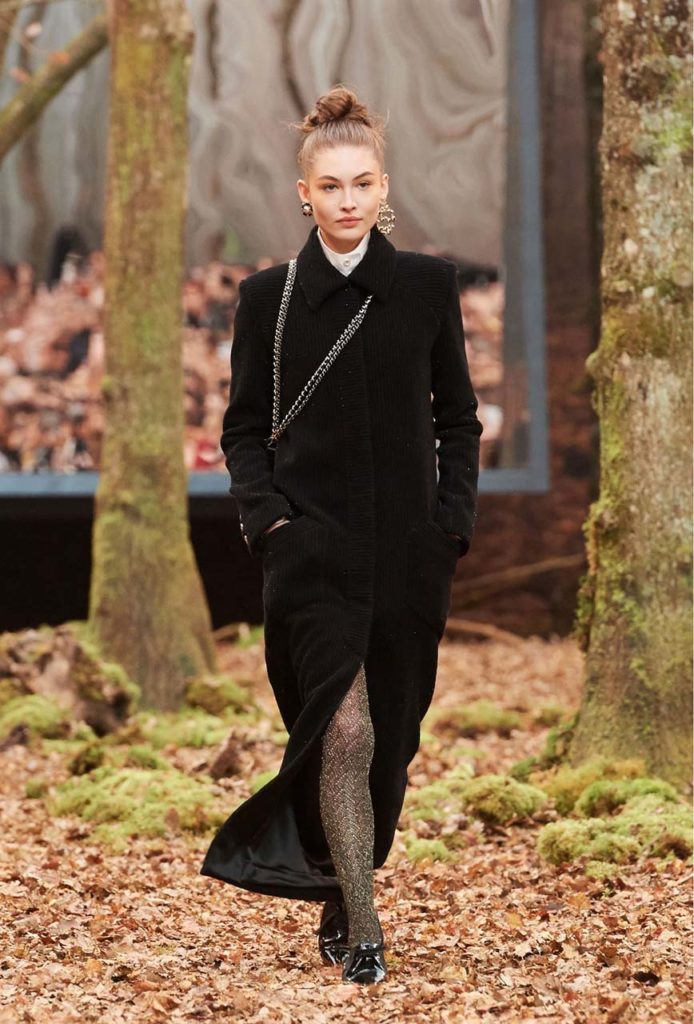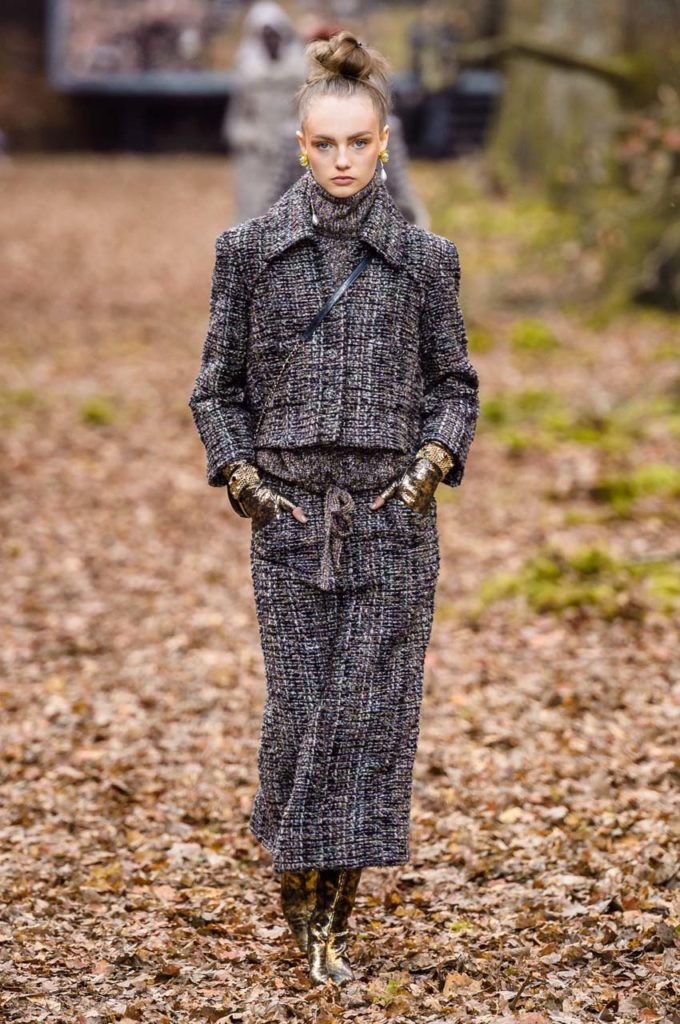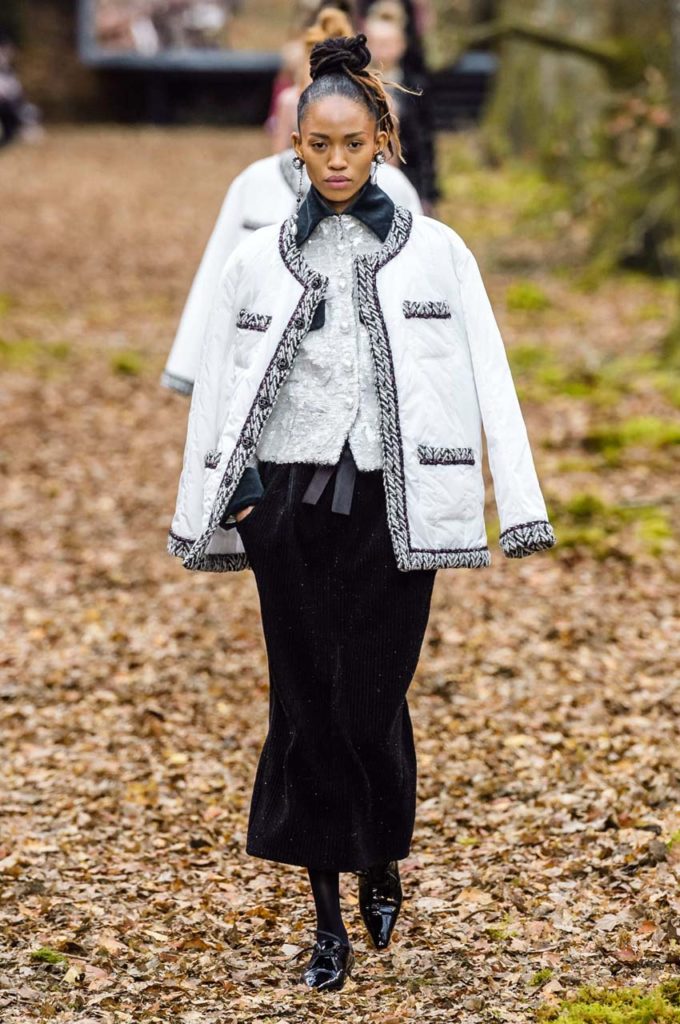FOR MORE THAN 100 YEARS, CHANEL HAS BEEN ARGUABLY THE MOST HIGHLY COVETED BRAND IN THE STYLE WORLD WITH UNPRECEDENTED CROSS GENERATIONAL APPEAL. HERE’S HOW A ONETIME TINY MILLINERY BECAME LEGEND
BY KARDIA YAZMYNE WILLIAMS
To understand why the house of Chanel has held fashion audiences in thrall for 109 years, one needs to delve into the early life of its founder. Gabrielle Bonheur “Coco” Chanel was not unlike today’s modern young woman. In fact, she would fit right in with today’s fashion “It” girls. Her first decades were marked by something close to impoverishment (after her mother’s death, she was placed in an orphanage by her father, who worked as a street peddler). She learned sewing and later designing out of necessity, but was faced with an aesthetic impasse.

During the Belle Époque era (the 1870s until the outbreak of World War I), the standard of beauty was a voluptuous femme, whose body contours resembled the curves of the letter “S.” Women achieved this sinuous quality by squeezing themselves into unhealthy corsets that caused the bosom and hips to be pronounced, over which they placed long, ornate gowns, topped by large hats with towering plumes. All these concepts were diametrically opposed to Chanel’s style sense. So, a little over a decade after founding an eponymous hat shop at 160 Boulevard Malesherbes in Paris, she began a revolution. Athletic by nature (Coco loved the outdoors and riding horses), she began designing clothing that rejected cumbersome idealism in favour of cleaner, tailored lines, and often wore menswear esque pieces to body brand this novel approach. The idea was a hit, and she became renowned among the 1920s jet set for simple yet ultra elegant designs. Over time, her house has expanded to include bags and other accessories, and, of course, perfume. The onetime tiny millinery is now a 1,270 employee juggernaut that brought in $9.6 billion worth of sales last year (the first time in its history that the company released such financial information, according to CNN). And, in an increasing rarity among mega brands, it is not owned by a global hegemon, but remains self contained under Chanel International B.V.
The chief designer torch was passed to Karl Lagerfeld in 1983, and, among a range of gentle innovations, he has evolved the Chanel bag, for example, into a variety of silhouettes, colors, and fabrics, yet it remains arguably the ultimate accessory status symbol. Other iconic pieces like the little black dress (which Vogue famously termed “Chanel’s Ford,” akin to a Model T) and tweed blazer maintain appeal because of their timeless and adaptable nature, and one is hard pressed to find a savvy fashion blogger who hasn’t incorporated the brand into her look. New wearers might have evolved that little black dress into a more casual and youthful element by rocking it with sneakers, however, and/or might transition a blazer their mothers once wore into a more relaxed affair by pairing it with jeans.

For this fall, Lagerfeld borrows from elements of the house’s menswear inspired past with double breasted silhouettes, tweed blazers, and oxford shoes, yet keeps things modern by adding metallic accents and vibrant pops of color.
In Coco’s era, women were emerging into the workplace, holding protests and demonstrations for the right to vote, and otherwise displaying a formerly unheard of independence, all while wearing if they modeled Chanel’s look apparel that was essentially a call to revolution. Today, women are fighting for equal pay in the workplace, reproductive rights, and other causes, and Chanel also fits that activism nicely. Coco saw that the modern woman must be emboldened with an independent spirit and should march to the beat of her own drum, and that it simply helped to dress accordingly.

Chanel
chanel.com/us
